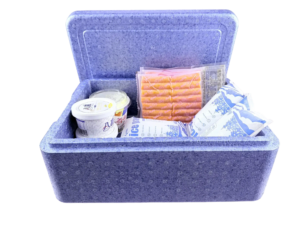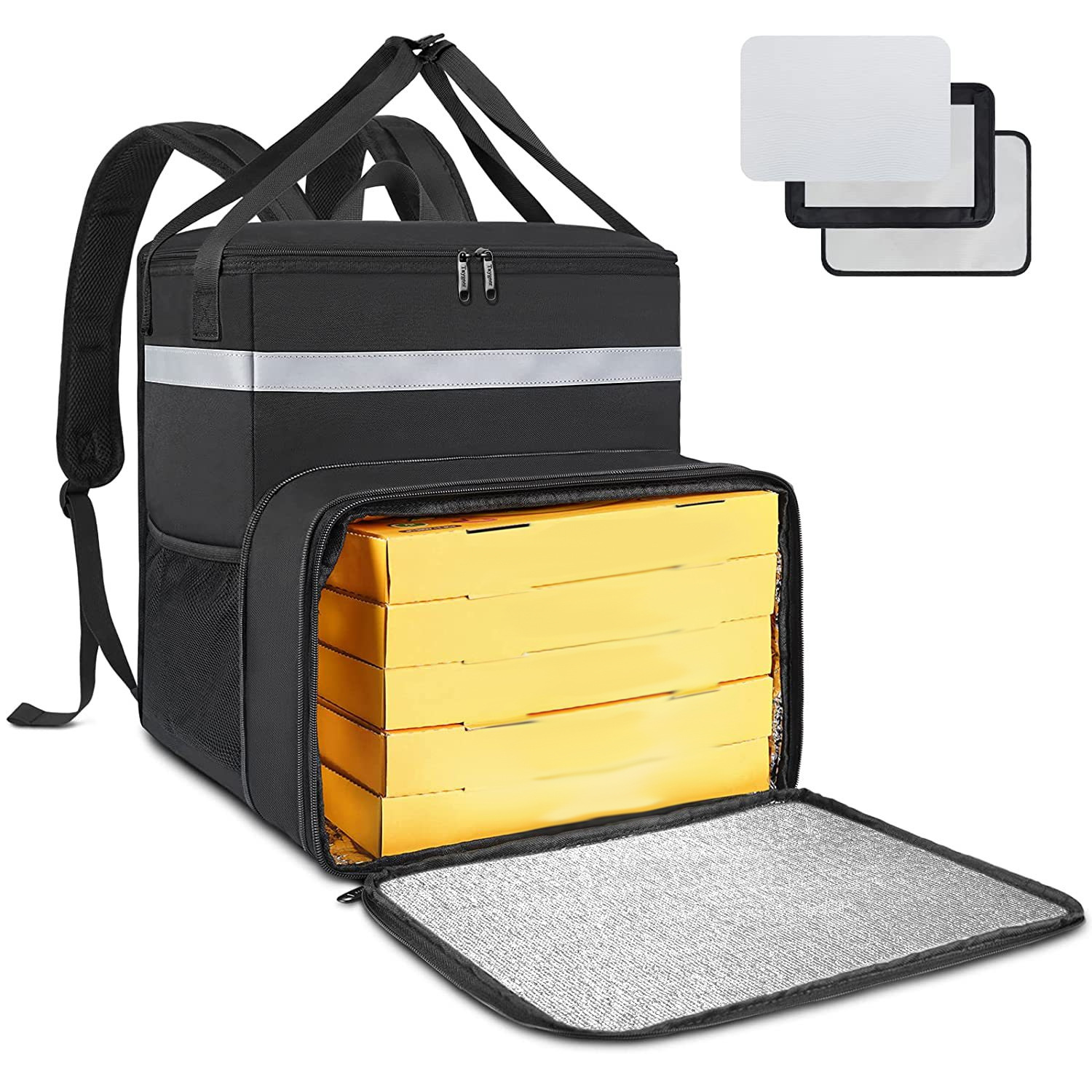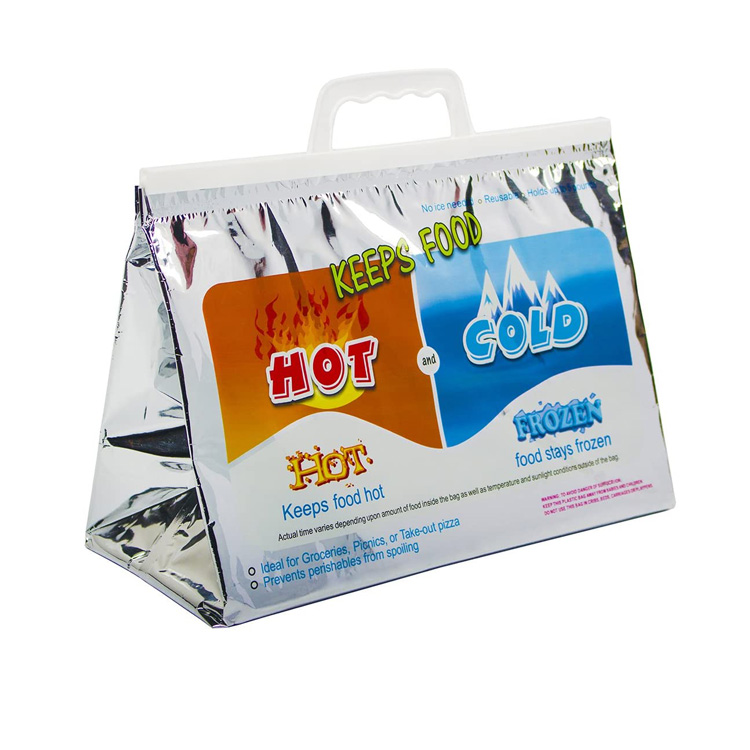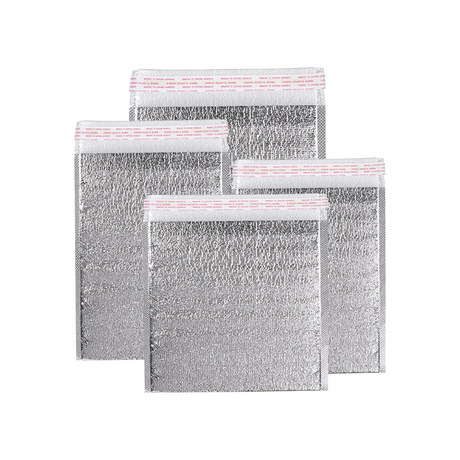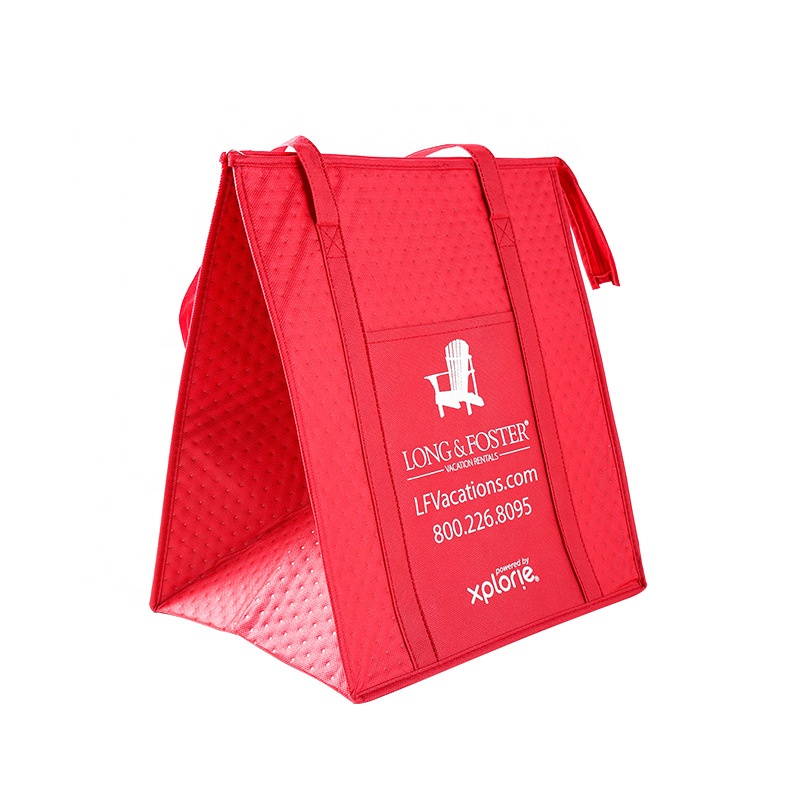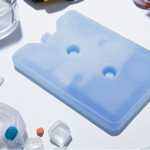Praktik optimal dalam penyimpanan & Transporting Temp-Sensitive Medications
The storage and transportation of temperature-sensitive medications are critical elements in the pharmaceutical and healthcare industries. Obat -obatan ini, termasuk vaksin, insulin, Biologi, dan obat aktif biologis lainnya, Harus mempertahankan rentang suhu tertentu di seluruh siklus hidup mereka untuk memastikan keamanannya, kemanjuran, dan integritas. Penyimpangan apa pun dari suhu yang diperlukan ini dapat mengakibatkan produk yang dikompromikan, Berisiko terhadap kesehatan pasien dan keefektifan perawatan.

Understanding the Importance of Temperature Control
Temperature-sensitive medications typically fall into two categories: mereka yang membutuhkan pendinginan (2° C hingga 8 ° C.) dan mereka yang membutuhkan suhu beku (di bawah -20 ° C atau bahkan lebih rendah). Produk dalam kategori ini sangat rentan terhadap fluktuasi suhu, yang dapat menyebabkan degradasi, berkurangnya potensi, atau bahkan ketidakefektifan lengkap. Misalnya, Vaksin dapat kehilangan imunogenisitasnya jika terpapar pada suhu yang lebih tinggi, sementara insulin bisa menjadi kurang efektif jika tidak tetap dingin.
Key Factors in Temperature-Controlled Storage
-
Kondisi penyimpanan yang tepat
All temperature-sensitive drugs should be stored in a controlled environment that is continuously monitored. Temperature-controlled storage units, such as refrigerators and freezers, must be equipped with reliable temperature monitoring systems. These systems alert staff to any deviations from the set temperature range, ensuring that corrective actions can be taken immediately. -
Secure Storage Locations
Medications should be stored in designated, secure areas that are not subject to environmental fluctuations. The storage area should be kept clean and organized to prevent exposure to light or contaminants, which could further compromise the quality of the medication. -
Minimizing Access
Access to temperature-sensitive storage should be restricted to authorized personnel only. Frequent opening of storage units allows warm air to enter, which can destabilize the temperature inside and lead to potential damage to the products. Karena itu, the number of times a door is opened should be minimized.
Best Practices in Transporting Temperature-Sensitive Medications
-
Kemasan rantai dingin
Packaging plays a significant role in protecting temperature-sensitive medications during transportation. The use of high-quality insulated packaging, such as insulated boxes and bags, helps maintain the internal temperature during transit. Some packaging solutions come equipped with temperature indicators or data loggers, which record and monitor temperature conditions in real-time, providing valuable information about the product’s exposure to temperature fluctuations. -
Use of Ice Packs and Gel Packs
To maintain the appropriate temperature, various cooling agents, such as ice packs or gel packs, are used in conjunction with insulated containers. These cooling agents absorb heat from the surrounding environment and slowly release it, keeping the medication within the required temperature range for extended periods. The right type of cooling agent should be chosen based on the specific temperature needs of the product. -
Monitoring Temperature During Transit
Continuous temperature monitoring is essential for tracking the conditions that the medications are exposed to throughout their journey. Many modern solutions involve the use of temperature data loggers, which can be placed inside the packaging to record temperature over time. These loggers can then be downloaded to assess whether the products have been exposed to unsafe temperatures at any point during transit. -
Choosing Reliable Transportation Partners
Partnering with a logistics provider experienced in temperature-controlled transportation is critical. These logistics partners must be capable of ensuring that vehicles used for transporting temperature-sensitive medications are equipped with refrigeration or freezing units and are regularly maintained. Selain itu, drivers should be trained to understand the importance of maintaining the proper temperature during transportation.
Risk Management and Emergency Protocols
Even with the best preparation, unexpected incidents may occur, and temperature fluctuations could still happen. It is important to have a contingency plan in place to address such situations. Some steps to mitigate risk include:
-
Temperature Monitoring Alerts: Real-time temperature monitoring allows for immediate corrective action if the temperature moves out of the acceptable range. Alerts can be set to notify the relevant personnel so that the necessary steps can be taken before damage occurs.
-
Emergency Response: In the case of a temperature breach during transportation, it is crucial to have an emergency response plan. This plan may include rerouting shipments, using emergency backup cold storage, or even returning products to the warehouse for proper reevaluation.
Kesimpulan
The storage and transportation of temperature-sensitive medications are essential to maintaining their integrity and effectiveness. By following optimal practices—such as proper storage, reliable packaging, temperature monitoring, and choosing trustworthy logistics providers—healthcare and pharmaceutical companies can reduce the risk of product degradation and ensure that patients receive safe, effective medications. Maintaining a robust cold chain throughout the entire process is not just about compliance with regulations, but also about ensuring the well-being of individuals relying on these life-saving drugs.







